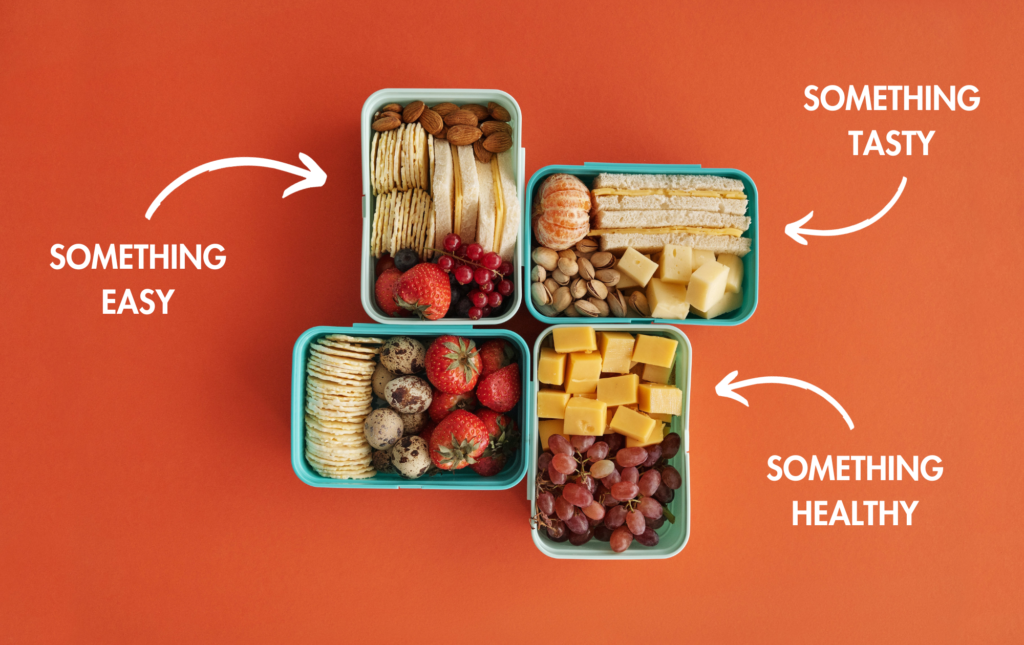This mums guide to navigating school holiday parties with food allergies will give you an good understanding of food allergies for not only your child but also other children’s dietary requirements, ensuring for a fun but safe holiday period.
As a mother, you are always on the lookout for the safety and well-being of your child. This becomes even more critical when your child has food allergies. School holiday parties can be a minefield of potential allergens, and it’s essential to navigate them carefully. This mums guide will help you understand how to manage school holidays with food allergies, ensuring your child’s safety and enjoyment during the festive season.
Understanding Food Allergies
Before we delve into how to handle school holiday parties, it’s essential to understand what food allergies are. Food allergies occur when the immune system mistakenly identifies a certain food as harmful and reacts to it. This reaction can range from mild symptoms like itching and hives to severe reactions like anaphylaxis, which can be life-threatening.
As a mum, whether your attending or hosting, it’s essential knowing common food allergens including milk, eggs, peanuts, tree nuts, wheat, soy, fish, and shellfish, seen in the 10 most common food allergies in Australia. However, many more foods can potentially cause an allergic reaction. It’s crucial to know what foods your child is allergic to and the severity of their reactions.
Preparing for School Holiday Parties
During the busy school holiday period, preparation is key when it comes to managing food allergies at kids parties and events. Start by finding out what food will be served at the party. If possible, ask for a menu or list of ingredients. This will allow you to identify any potential allergens and plan accordingly.
If the party is at a restaurant or other venue, consider using tools and apps like Foodini to search the venues menu personalised to you or your child’s dietary requirements.

Strategies for the Party
Consider providing your child with a safe alternative to any allergenic foods. This could be a homemade version of a party food or a completely different treat that your child enjoys.
Make sure your child knows what foods they can and cannot eat and remind them to always check with an adult if they are unsure. Additionally, share your child’s food allergy with the parents supervising the event so they are aware of your child’s dietary needs.
Packing a Allergy Safe Snack Box
As this is a mums guide to navigating school holiday parties with food allergies, one effective strategy is to pack a safe snack box for your child to bring to the party. This box should contain a variety of allergy-safe snacks that your child enjoys. Not only does this ensure that your child has something safe to eat, but it also allows them to feel included in the party.
Include a variety of foods in the snack box to ensure your child doesn’t feel left out. This could include allergy-safe versions of popular party foods, as well as some of your child’s favorite snacks. Be sure to pack enough food to last the entire party and clearly label your child’s snack box so they, and others can clearly identify it.
A popular option with a wide variety of choice is Wholegreen Bakery.

During The Party
During the party, it’s important to stay vigilant. If you’re able to attend the party with your child, keep an eye on what food they’re being offered and remind them to avoid any allergenic foods.
If you can’t attend the party, remind your child before they go to avoid any foods they’re allergic to. Encourage them to ask an adult if they’re unsure about a food, and remind them not to share food with other children.
A Mums Guide to Dealing With Cross-Contamination
Cross-contamination is a common issue at parties, where different foods may be prepared and served together. Teach your child about the risks of cross-contamination and remind them to only eat foods that are safe for them.
If possible, arrange for your child’s food to be served separately to avoid cross-contamination. This could involve serving your child’s food first, or having a separate serving area for allergy-safe foods.
Make a suggestion that if your child is highly allergic to a food, and it will be served to discuss with the hosts whether there is an alternative or ability to remove this food from the event is possible. This will minimise the risk that your child is exposed to the food by cross contamination.
Dietitian Tip
After The Party
After the party, check in with your child to see how they managed. Ask them about what they ate and if they had any allergic reactions. This can help you identify any issues and plan for future parties.
It’s also a good idea to follow up with the school or party organisers to see how the party went. Ask if there were any issues with food allergies, and if so, how they were handled. This can provide valuable feedback and help improve the management of food allergies at future parties.
If your child has had a great experience, and great care was taken to ensure your child's safety and avoidance of food allergen exposure, provide that positive feedback to the host or venue of the party. This will help them continue these positive practices.
Dietitian Tip
Conclusion
Navigating school holiday parties with food allergies can be challenging, but with careful planning and communication, it’s entirely possible. By understanding your child’s allergies, communicating with the school, preparing for the party, staying vigilant during the party, and checking in afterwards, you can ensure that your child has a safe and enjoyable party experience.
Remember, the goal is not just to keep your child safe, but also to allow them to enjoy the party and feel included. With the right strategies, your child can have a fun and allergy-safe school holiday party experience.
To find more places that cater to your child’s dietary needs check out Foodini.

